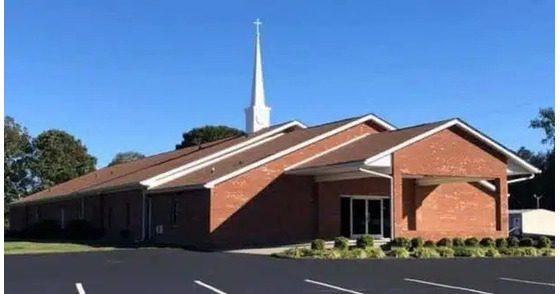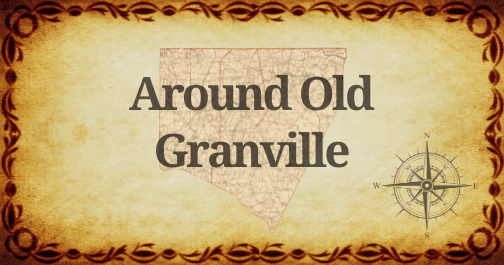Just as in today’s real estate market, the phrase “location, location, location” rang true in the days when the very first families came to the area once known as Granville County.
The English folks who’d settled Jamestown were branching out in the pre-Revolutionary era of the 1700’s and they looked south for more opportunities, said Mark Pace, local historian and North Carolina Room specialist at Richard Thornton Library in Oxford.
They may have lived here, but “here” wasn’t identified as Granville County back then, and that was the topic of Thursday’s Around Old Granville segment of TownTalk. Pace and WIZS’s Bill Harris talked about “first families,” their interconnections and influence over close to what is now almost three centuries.
Granville County would not be carved from Edgecombe until 1746. Heck, Edgecombe was still part of Bertie until 1722, so local genealogy enthusiasts who can trace their heritage back that far would have to hit the Bertie County Courthouse for deeds and records, Pace said.
And while there may be a wealth of historical data on the first families of Granville County, or Vance, Franklin and Warren – the information stream slows to a quiet trickle before those counties were actually established.
“They have lived in the presence of five different counties – without moving,” Pace said.
“The ones that came here in 1720, 1730, 1740 were literally pioneers,” Pace said of families with last names like Hargrove, Bullock, Henderson, Penn and Taylor.
Think about it: by the early 1700’s, settlers had lived almost a century in the James River and Tidewater area of Virginia, where 95 percent of the new residents of North Carolina came from.
Farming techniques were basically non-existent – they’d “farm the land until it wore out and then clear some more,” Pace said.
So when John Carteret, also known as Lord Granville, employed a land agent to represent him and his vast land holdings, people like Edward Jones, Philemon Hawkins, Gideon Macon and others sought to purchase tracts and put down roots.
The philosophy was to get here early and get good tracts of land – not just big tracts, but good tracts.
For Jones, Hawkins and others, it meant acquiring land located along rivers or where springs were found.
“By the 1730’s, you really start to see this area grow,” Pace said, noting that several hundred large tracts of land were sold to buyers, all of whom hailed from 14 counties in Virginia.
Hawkins was clever enough to bring with him millstones that had to be specially made elsewhere for use here in the mills that he constructed in the current-day Shocco ar
The acquisition process back then required money up front or what was called “quick rent,” basically a lease-to-own deal that came with certain stipulations. The tracts came in 640-acre lots that equaled one square mile, Pace said. The landowner would pay to have a surveyor come lay out the property before the sale was made, and the buyer would be required to cultivate at least three acres a year and have a permanent dwelling constructed by a certain time. But “head rights” gave buyers the right to purchase tracts in the name of whoever they brought down with them – wives, children, mothers-in-law as well as the enslaved people who worked for them.
By the time the American Revolution began, Pace said one quarter of the population of Old Granville County was comprised of enslaved persons.
The website https://www.ncgenweb.us/ is a helpful resource for individuals looking for genealogy information of enslaved people in their ancestries.
CLICK PLAY!















